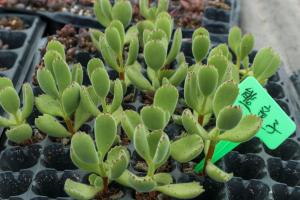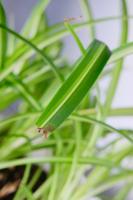How to Prune Potted Plants
Pruning is an important part of maintaining the health and appearance of your potted plants. While it may seem intimidating at first, with some basic knowledge and a willingness to learn, anyone can become proficient in the art of pruning.
Understand the Purpose of Pruning
The first step in pruning is to understand why you are doing it. Pruning is done for several reasons, including:
To promote new growth
To encourage bushiness
To remove dead or damaged parts
To control the size and shape of the plant
Once you understand the reasons behind pruning, you can decide on the appropriate level of cutting necessary to achieve your desired results.
Know When to Prune
The timing of pruning depends on the type of plant you have. Some plants can be pruned anytime, while others need to be pruned at specific times of the year. For example, most flowering plants should be pruned just after they have finished blooming. This allows time for new growth to develop and for the plant to prepare for the next blooming season.
It's also important to wait until the plant is healthy and growing well before pruning. Pruning when the plant is stressed or not receiving adequate water and nutrients can damage its health.
Choose the Right Tools
Before you start pruning, it's important to have the right tools on hand. The most common tools for pruning include:
Hand pruners
Lopping shears
Hedge shears
Saws
Choose the appropriate tool for the size of the branch you are cutting. For smaller branches, use hand pruners, while larger branches may require lopping shears or a saw. Make sure the blades of your tools are sharp, as dull blades can damage the plant.
Identify What to Cut
It's important to identify what branches or stems to cut before making any cuts. Look for any dead, diseased, or damaged parts of the plant and prune them away. Cut back any branches that are crossing or rubbing against each other, as this can damage the bark and create an entry point for disease.
To promote bushiness and new growth, cut back the tips of branches to just above a leaf node. This encourages the plant to put out new growth from the nodes below, creating a fuller and more bushy appearance.
Care for Your Pruned Plant
Once you have finished pruning, make sure to care for your plant properly to help it heal and recover. Water your plant well and fertilize it to help replenish any nutrients it may have lost. Avoid fertilizing immediately after pruning, as this can cause the plant to grow too quickly and negatively affect its health.
With these basic tips, you can be on your way to becoming a pruning expert and maintaining healthy, beautiful potted plants. Remember to be patient and take your time, as rushing can lead to unintended damage.

 how many times do yo...
how many times do yo... how many planted tre...
how many planted tre... how many pine trees ...
how many pine trees ... how many pecan trees...
how many pecan trees... how many plants comp...
how many plants comp... how many plants can ...
how many plants can ... how many plants and ...
how many plants and ... how many pepper plan...
how many pepper plan...






























